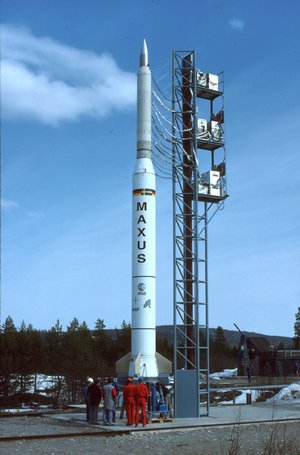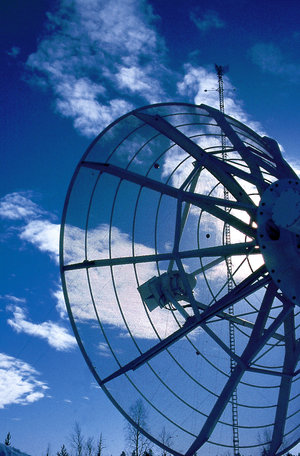Accept all cookies Accept only essential cookies See our Cookie Notice

About ESA
The European Space Agency (ESA) is Europe’s gateway to space. Its mission is to shape the development of Europe’s space capability and ensure that investment in space continues to deliver benefits to the citizens of Europe and the world.
Highlights
ESA - United space in Europe
This is ESA ESA facts Member States & Cooperating States Funding Director General Top management For Member State Delegations European vision European Space Policy ESA & EU Space Councils Responsibility & Sustainability Annual Report Calendar of meetings Corporate newsEstablishments & sites
ESA Headquarters ESA ESTEC ESA ESOC ESA ESRIN ESA EAC ESA ESAC Europe's Spaceport ESA ESEC ESA ECSAT Brussels Office Washington OfficeWorking with ESA
Business with ESA ESA Commercialisation Gateway Law at ESA Careers Cyber resilience at ESA IT at ESA Newsroom Partnerships Merchandising Licence Education Open Space Innovation Platform Integrity and Reporting Administrative Tribunal Health and SafetyMore about ESA
History ESA Historical Archives Exhibitions Publications Art & Culture ESA Merchandise Kids Diversity ESA Brand Centre ESA ChampionsLatest
Space in Member States
Find out more about space activities in our 23 Member States, and understand how ESA works together with their national agencies, institutions and organisations.
Science & Exploration
Exploring our Solar System and unlocking the secrets of the Universe
Go to topicAstronauts
Missions
Juice Euclid Webb Solar Orbiter BepiColombo Gaia ExoMars Cheops Exoplanet missions More missionsActivities
International Space Station Orion service module Gateway Concordia Caves & Pangaea BenefitsLatest
Space Safety
Protecting life and infrastructure on Earth and in orbit
Go to topicAsteroids
Asteroids and Planetary Defence Asteroid danger explained Flyeye telescope: asteroid detection Hera mission: asteroid deflection Near-Earth Object Coordination CentreSpace junk
About space debris Space debris by the numbers Space Environment Report In space refuelling, refurbishing and removingSafety from space
Clean Space ecodesign Zero Debris Technologies Space for Earth Supporting Sustainable DevelopmentApplications
Using space to benefit citizens and meet future challenges on Earth
Go to topicObserving the Earth
Observing the Earth Future EO Copernicus Meteorology Space for our climate Satellite missionsCommercialisation
ESA Commercialisation Gateway Open Space Innovation Platform Business Incubation ESA Space SolutionsLatest
Enabling & Support
Making space accessible and developing the technologies for the future
Go to topicBuilding missions
Space Engineering and Technology Test centre Laboratories Concurrent Design Facility Preparing for the future Shaping the Future Discovery and Preparation Advanced Concepts TeamSpace transportation
Space Transportation Ariane Vega Space Rider Future space transportation Boost! Europe's Spaceport Launches from Europe's Spaceport from 2012Latest
MAXUS 4: ESA's Most Powerful Sounding Rocket
On 22 April 2001, the 4th Maxus sounding rocket was launched from the ESRANGE range in Northern Sweden. Maxus is Europe's biggest sounding rocket, providing experiments with more than 12 minutes of microgravity. Today's transmission outlines the raison d'?tre of such launches from near the polar circle, and illustrates the last launch preparations. It also includes, for the first timne, time lapse recordings of an ESA sounding rocket launch.
The 4-minute A-roll contains split audio with an English guide track and is complemented by a B-roll.
MAXUS 4 : ESA'S MOST POWERFUL SOUNDING ROCKET
TC 10:00:40
Kiruna in northern Sweden. On 29 April 2001, Maxus 4 was launched. Maxus is the largest sounding rocket ever to lift off from European soil.
TC 10:00:52
The rocket's scientific payload is assembled in this integration hall. The purpose of a sounding rocket mission is to create a microgravity environment for experiments on board during the few minutes as the rocket free-falls after propulsion has ended.
Seven different experiments were conducted under microgravity conditions during the Maxus 4 flight, some of them controlled remotely from the ground. The payload weighed in at a hefty 800 kg.
TC 10:01:20 Soundbite : Wolfgang Herfs, ESA Sounding Rocket Project Manager
Maxus 4 is Europe's most powerful sounding rocket.
It takes its payload up to a maximum height of 700 km, giving twelve and a half minutes of weightlessness for conducting experiments under absence of gravity conditions.
Other types of sounding rockets, which are laun
-
CREDIT
ESA -
LICENCE
ESA Standard Licence
-
Documentary
-
-
-
-
-
-

MAXUS 5/ Version ESA

MAXUS 4: Falling to Earth at 700km/h

Maxus sounding-rocket launch

Maxus 4 ready for launch















 Germany
Germany
 Austria
Austria
 Belgium
Belgium
 Denmark
Denmark
 Spain
Spain
 Estonia
Estonia
 Finland
Finland
 France
France
 Greece
Greece
 Hungary
Hungary
 Ireland
Ireland
 Italy
Italy
 Luxembourg
Luxembourg
 Norway
Norway
 The Netherlands
The Netherlands
 Poland
Poland
 Portugal
Portugal
 Czechia
Czechia
 Romania
Romania
 United Kingdom
United Kingdom
 Slovenia
Slovenia
 Sweden
Sweden
 Switzerland
Switzerland


























